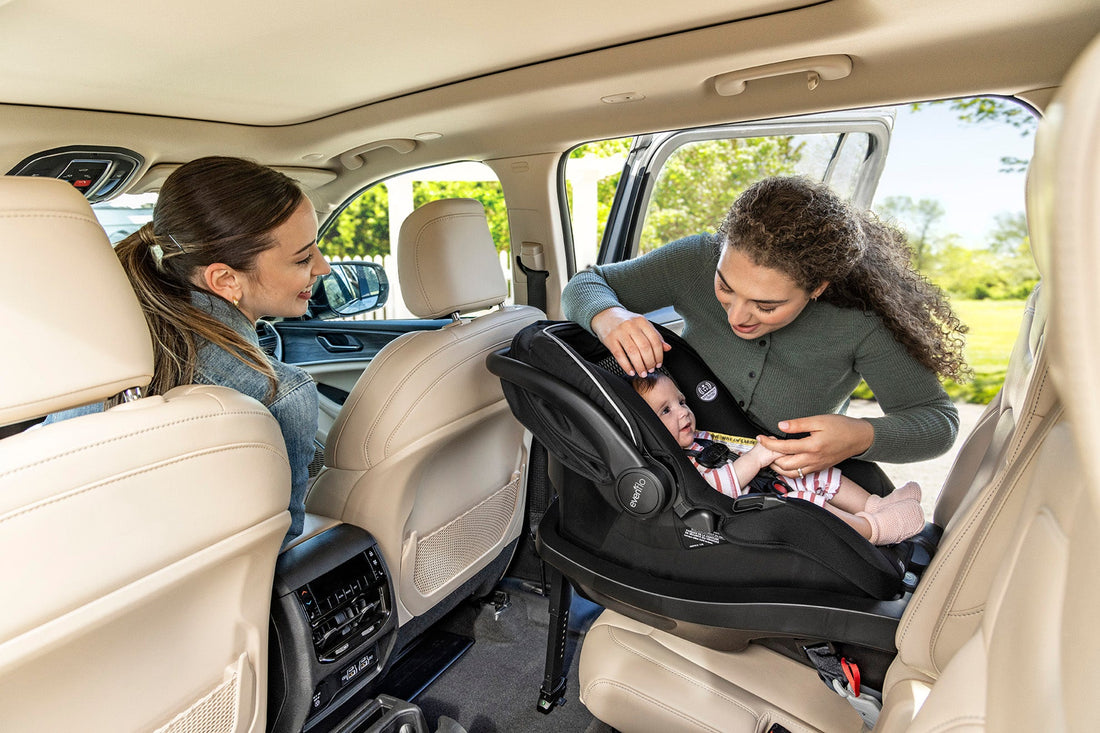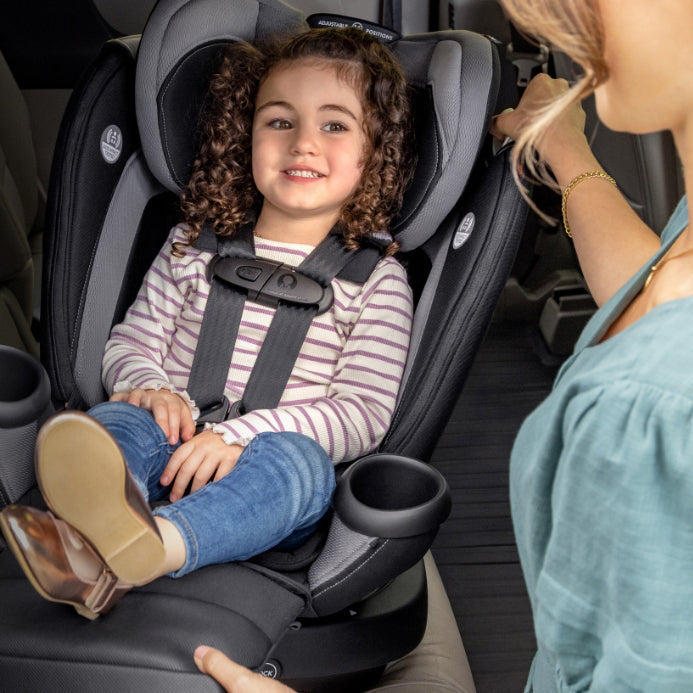
Brain Injury Awareness Month: Value of Rear-Facing Car Seats
March is Brain Injury Awareness Month. When you think about preventing brain injuries you may only think about protective equipment for recreation activities – like a bike helmet. But, did you know that your rear-facing car seat may also help prevent brain injury?
Rear-Facing Car Seats Offer Superior Protection Against Head Injuries
Rear-facing car seats are designed to protect the occupant’s head, neck and spine. In a frontal crash, rear-facing car seats are designed to move with the crash force toward the front of the vehicle. Therefore, the plastic shell of the car seat absorbs much of the initial crash force, while the child’s body moves with the car seat.
Keep your child safe by ensuring their harness system is properly adjusted and secure for every ride. In a rear-facing car seat, the harness should be positioned at or below their shoulders. When the harness is properly snug, you should not be able to pinch the webbing together when testing near the child’s shoulders.
The American Academy of Pediatrics and the National Highway Traffic Safety Administration recommend children use a rear-facing car seat until they outgrow the height and weight limits of their rear-facing car seat. Rear-facing convertible and all-in-one car seats provide higher height and weight limits generally than infant-only car seats and can help keep your child rear-facing longer.
